Optimizing Physical Distribution For Marketing Professionals
Supply Chain Secrets: Elevate Your Marketing Game with Effective Physical Distribution - Uncover the secrets to delivering products on time and in the best condition, enhancing your brand's reputation.
Physical distribution and supply chain management are crucial to a company's marketing strategy. It encompasses the movement of goods from the point of production to the point of consumption, ensuring that products are available to customers promptly and efficiently.
Physical distribution involves various activities such as transportation, warehousing, inventory management, and customer service, all aimed at delivering the right product to the right place at the right time.
Ultimately, physical distribution aims to enhance customer satisfaction by providing the desired level of service while minimizing costs. By optimizing the physical flow of products and coordinating the different elements of the distribution process, companies can effectively meet customer demand and gain a competitive advantage in the marketplace.
Overview Of Physical Distribution In Marketing
Physical distribution plays a vital role in marketing by ensuring the efficient movement of products from production to the end consumer. It encompasses a range of activities such as customer service, inventory control, materials handling, transportation, and warehouse management.
One of the key aspects of physical distribution is customer service. Providing exceptional customer service levels is crucial for customer satisfaction and retention.
This includes timely and accurate order processing, efficient delivery, and effective handling of returns or inquiries. Businesses can build strong relationships and gain a competitive advantage by meeting or exceeding customer requirements.
Another important component of physical distribution is inventory control. This involves managing inventory levels to meet customer demand without unnecessary stockouts or excess carrying costs. Effective inventory management ensures the right products are available at the right time, reducing the risk of lost sales or obsolete inventory.
Transportation is a critical element of physical distribution as it determines how products are delivered to customers. Choosing the most appropriate transportation modes and service providers helps minimize transportation costs while meeting customer service standards. Additionally, efficient transportation contributes to faster and more reliable order fulfillment.
Overall, effective physical distribution reduces costs, improves customer satisfaction, and ensures the efficient movement of finished goods. Businesses can enhance their competitive position in the marketplace by optimizing activities such as customer service, inventory control, and transportation.
Raw Materials
Raw materials are crucial in physical distribution, forming the foundation for producing finished products. Managing the flow of raw materials is essential for ensuring a smooth supply chain and timely production.
Businesses can minimize production costs, maintain consistent product quality, and meet customer demand by sourcing and handling raw materials. Raw material procurement involves identifying reliable suppliers, negotiating favorable terms, and maintaining adequate inventory levels.
The efficient management of raw materials enables businesses to optimize their physical distribution processes and promptly deliver high-quality products to customers.
Sources of Raw Materials
In physical distribution, the efficient movement of goods from production to the end consumer is crucial. One key factor contributing to efficient distribution is having reliable sources of raw materials. These raw materials are the inputs or components that go into producing goods or providing services.
Businesses can obtain raw materials from various sources. One common source is direct suppliers or manufacturers specializing in producing and supplying the required materials. These suppliers may have their own distribution networks or work closely with transportation providers to ensure timely delivery.
Another source of raw materials is through indirect channels of distribution or wholesalers. These intermediaries procure raw materials from different sources and supply them to businesses as needed. This option can provide convenience to businesses by saving them from directly sourcing materials from multiple suppliers.

Moreover, businesses can also consider sourcing raw materials internationally through importation. This option allows them to access a wider range of materials and potentially lower costs. However, it also requires careful consideration of transportation modes and costs.
Having reliable sources of raw materials is critical for efficient physical distribution. It ensures consistent and timely availability of materials, minimizing disruptions in production or service delivery. Additionally, reliable sources contribute to effective inventory management, reducing stockouts and excess inventory costs.
Considerations for Sourcing Raw Materials
In the physical distribution process, sourcing raw materials requires careful consideration of various factors to ensure efficient and effective operations. One essential consideration is the type of products and materials being handled.
Different industries and products may have specific requirements for raw materials, such as specific quality standards or certifications. It is crucial to source materials that meet these requirements to maintain product integrity and customer satisfaction.
The products' and materials' size and weight also play a role in sourcing considerations. Heavy or large materials may require special handling equipment or transportation arrangements. It is important to assess the logistical capabilities of suppliers and transportation providers to ensure they can handle such materials effectively.
Packaging is another consideration when sourcing raw materials. Fragile or perishable materials may require specific packaging guidelines or specialized containers to ensure safe transportation and delivery.
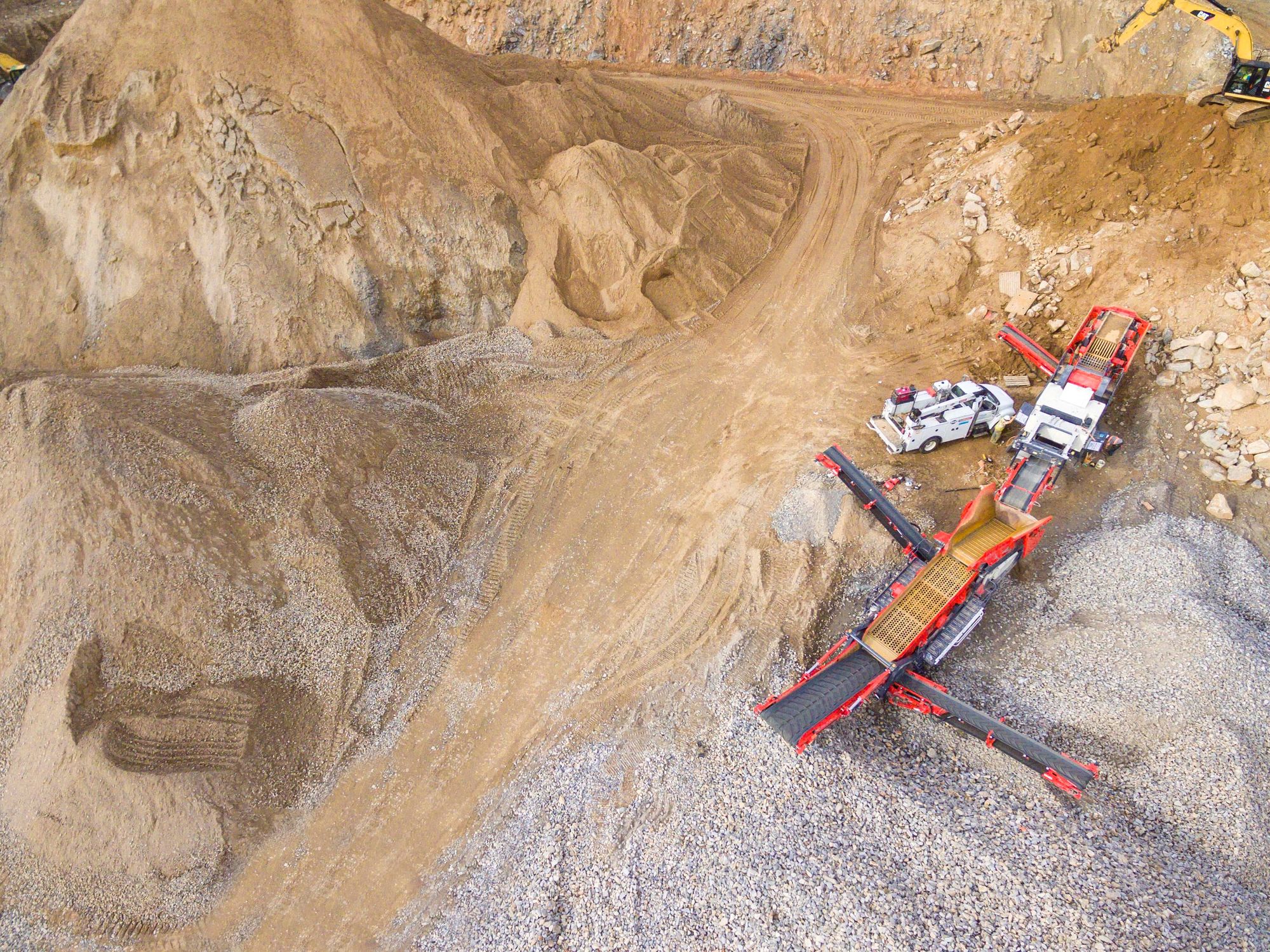
Assessing suppliers' packaging capabilities and adherence to industry standards is essential in maintaining product quality during distribution. The frequency of shipments and the number of receiving and shipping docks are logistical considerations that impact raw material sourcing.
High-frequency shipments may require a nearby supplier to minimize the cost of distribution and lead times. Sufficient receiving and shipping docks are necessary to accommodate the incoming and outgoing flow of raw materials.
By considering the type of products, size and weight, packaging, shipment frequency, and dock availability, businesses can make informed decisions when sourcing raw materials, resulting in streamlined physical distribution processes and, ultimately, higher customer satisfaction.
Quality Control of Raw Materials
Quality control is crucial to physical distribution, ensuring that raw materials meet the required standards and specifications. Businesses implement a rigorous quality control process to maintain the efficiency and effectiveness of their operations.
To begin with, businesses establish specific quality standards and specifications for the raw materials they use in their distribution activities. These standards outline the desired characteristics and performance criteria the materials should meet. This helps in reducing defects, ensuring consistency, and meeting customer requirements.
To ensure that the raw materials meet these standards, businesses employ a range of criteria and tests. These may include visual inspections, dimensional measurements, chemical analysis, physical strength tests, and product performance evaluations. By conducting these tests, businesses can identify any deviations from the desired specifications and take corrective actions.
Maintaining high-quality raw materials is vital for efficient physical distribution operations. Poor-quality materials can lead to increased downtime, product defects, customer dissatisfaction, and waste. In contrast, utilizing high-quality materials helps businesses optimize their production processes, reduce wastage, improve customer satisfaction, and uphold their reputation.
Inventory Levels And Inventory Management
Inventory levels refer to the amount of stock or goods a business holds at any given time. Managing inventory levels is crucial in physical distribution as it directly impacts the efficiency of the supply chain and customer service levels.
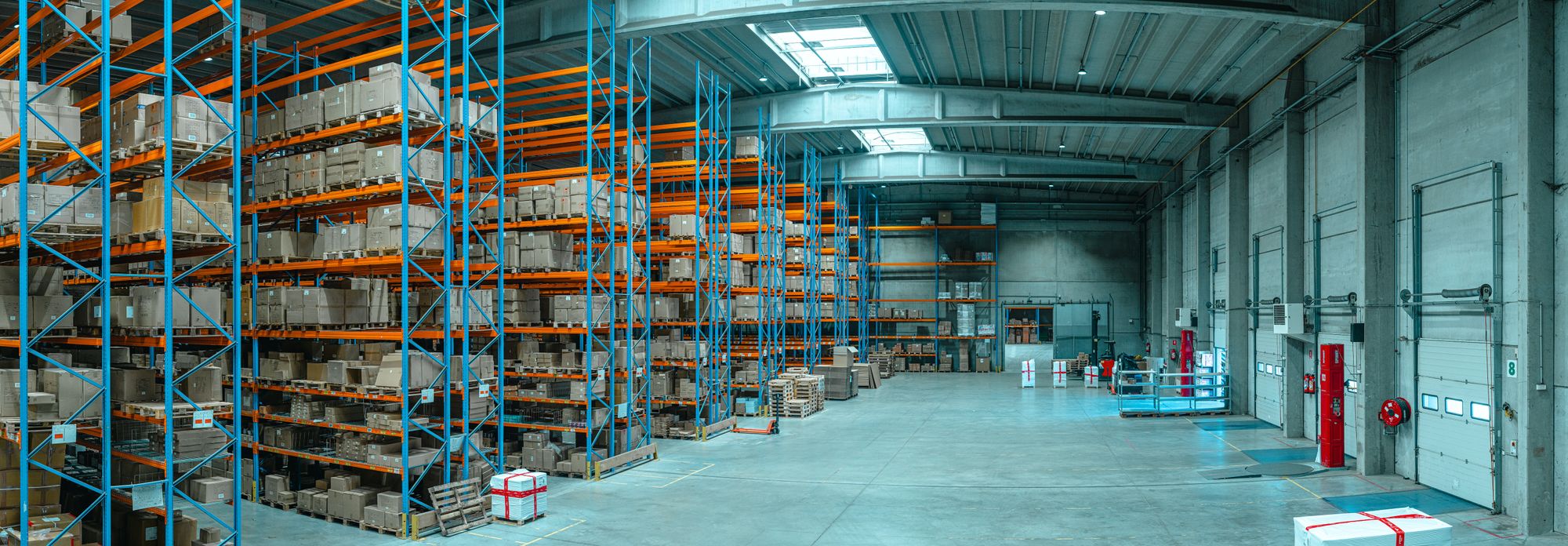
Maintaining optimal inventory levels requires a careful balance between meeting customer demand and minimizing holding costs. Too much inventory can tie up capital, increase storage expenses, and risk obsolescence, while too little inventory can result in stockouts, missed sales opportunities, and dissatisfied customers.
Effective inventory management involves forecasting demand, setting reorder points and quantities, implementing inventory control systems, and regularly monitoring and adjusting inventory levels.
Businesses can better meet customer requirements, reduce costs, and ensure a smooth and efficient physical distribution process by optimizing inventory levels.
Benefits of Proper Inventory Levels
Maintaining proper inventory levels is crucial for any business, as it directly impacts customer service, reduces the cost of inventory, and prevents stockouts or excessive stock.
One of the key benefits of proper inventory levels is achieving the desired level of customer service. Businesses can meet customer requirements promptly and efficiently by having the right amount of stock on hand. This leads to faster customer service, higher customer satisfaction, and loyalty.
Furthermore, proper inventory management helps to reduce the cost of inventory. Excessive stock ties up capital and incurs warehousing costs, while stockouts can result in lost sales and dissatisfied customers. By optimizing inventory levels, businesses can minimize inventory holding costs, reduce stockouts, and avoid the need for emergency or expedited orders, thus reducing transportation costs.
Accurate sales forecasts and a responsive distribution system are pivotal in optimizing inventory management. Reliable sales forecasts can help businesses anticipate customer demand and adjust inventory levels accordingly.
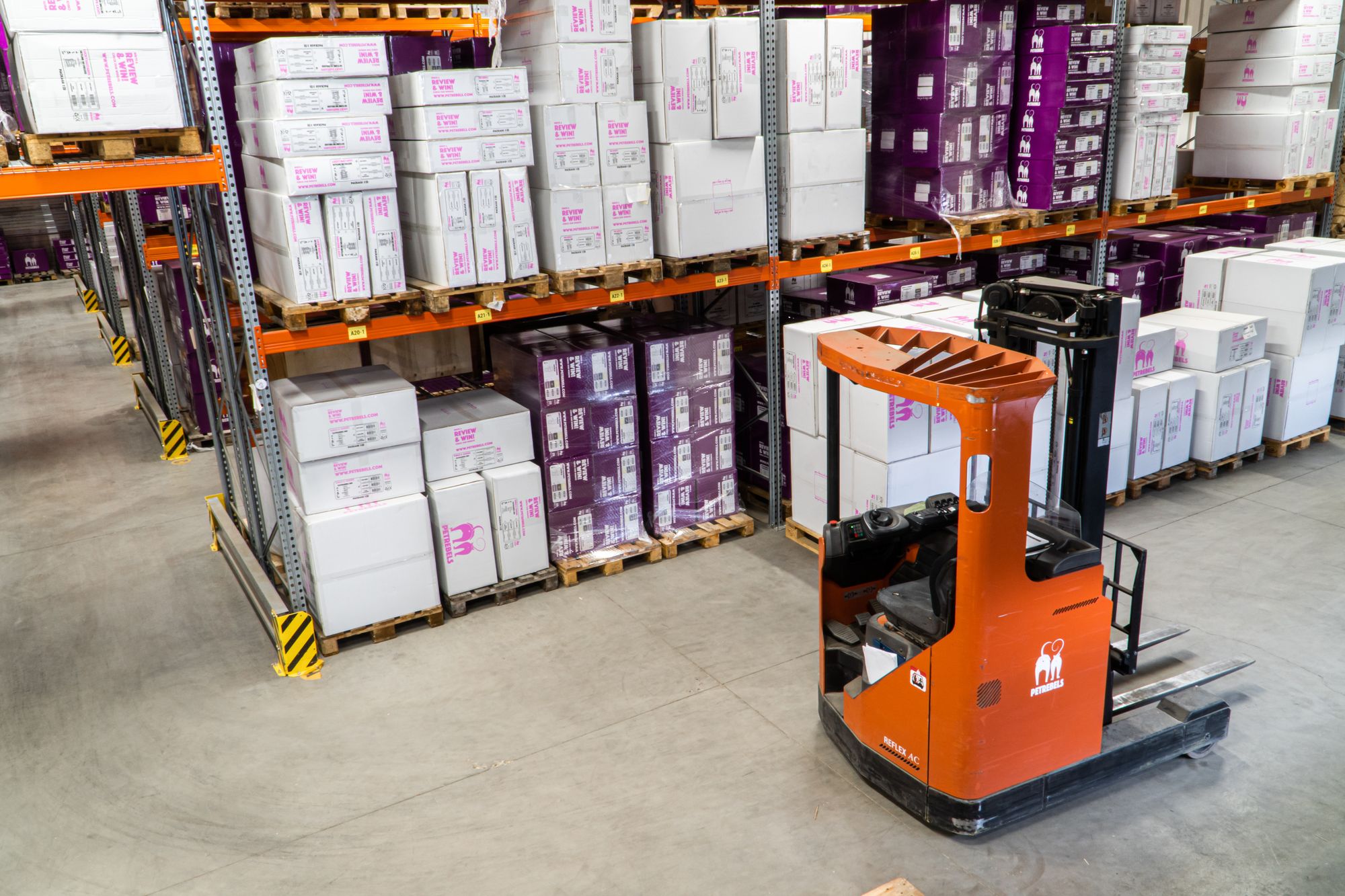
A responsive distribution system ensures efficient movement of products and allows businesses to adapt to changes in demand quickly, achieve lean inventory levels, and maintain better control over their supply chain.
Maintaining proper inventory levels offers multiple benefits, such as improved customer service, cost savings, and better inventory management. Businesses can optimize inventory levels and enhance operational efficiency by accurately forecasting sales and implementing a responsive distribution system.
Strategies for Optimizing Inventory Management
Implementing effective strategies for optimizing inventory management is essential for businesses in the physical distribution process. Balancing inventory costs and customer service levels is crucial to ensure efficient operations and meet client demand.
One strategy is employing inventory control techniques to help businesses maintain the right inventory levels. Businesses can avoid overstocking or stockouts by regularly analyzing demand patterns and forecasting future requirements.
This allows them to meet customer demands promptly while minimizing inventory costs and holding expenses.
Another strategy is to focus on improving the accuracy of demand forecasting. By leveraging historical data, market trends, and customer insights, businesses can better estimate future demand and adjust their inventory levels accordingly. This enables them to match supply with demand, reducing the risk of excessive inventory or stockouts.
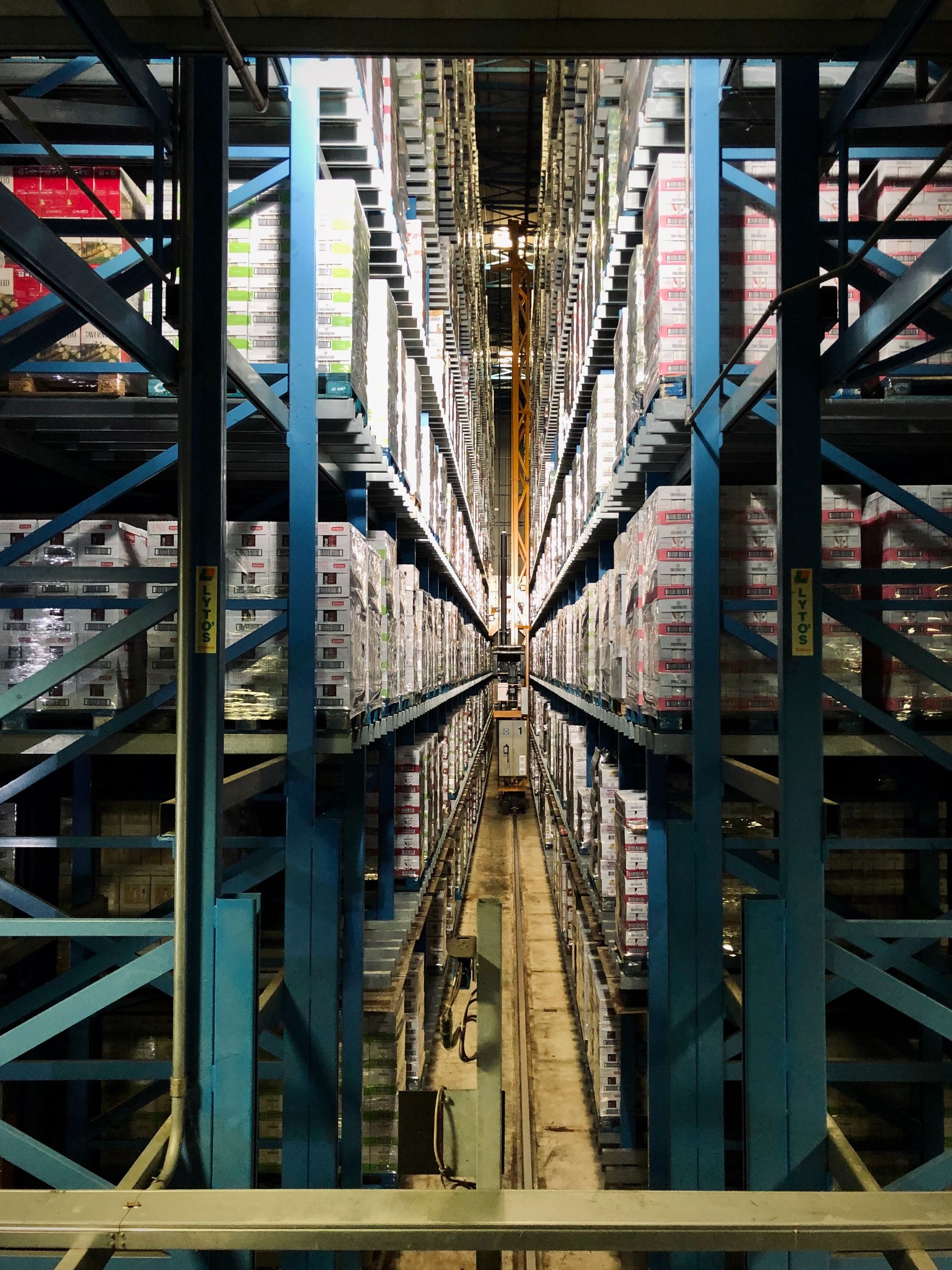
Implementing a just-in-time (JIT) inventory system can also be beneficial. This strategy minimizes capital investment and inventory variations while ensuring rapid order execution.
By synchronizing the production and delivery processes, businesses can avoid stockouts, reduce inventory carrying costs, and improve overall efficiency.
Integrating inventory management systems with suppliers and distributors is another effective strategy. This allows for real-time data sharing, timely replenishment, and collaborative planning.
By streamlining the flow of information and products across the supply chain, businesses can achieve seamless inventory management and enhance customer service.
Challenges with Maintaining Optimal Inventory Levels
Maintaining optimal inventory levels can be a significant challenge for businesses in the physical distribution process. Several factors, such as the policy on the level of customer service, accuracy in sales forecasts, responsiveness of distribution systems, and the cost of inventory, can impact inventory management.
Firstly, businesses often face the challenge of determining the right inventory levels to balance customer service and costs. By offering higher levels of customer service, such as faster delivery times or greater product variety, businesses need to maintain higher inventory levels.
However, this can lead to increased holding costs and the risk of obsolete inventory. On the other hand, if inventory levels are too low, it can result in stockouts and dissatisfied customers.
Secondly, inaccurate sales forecasts can pose another challenge to inventory management. Businesses may have excessive inventory or stockouts if they fail to predict customer demand accurately. This can lead to increased carrying costs or missed sales opportunities.
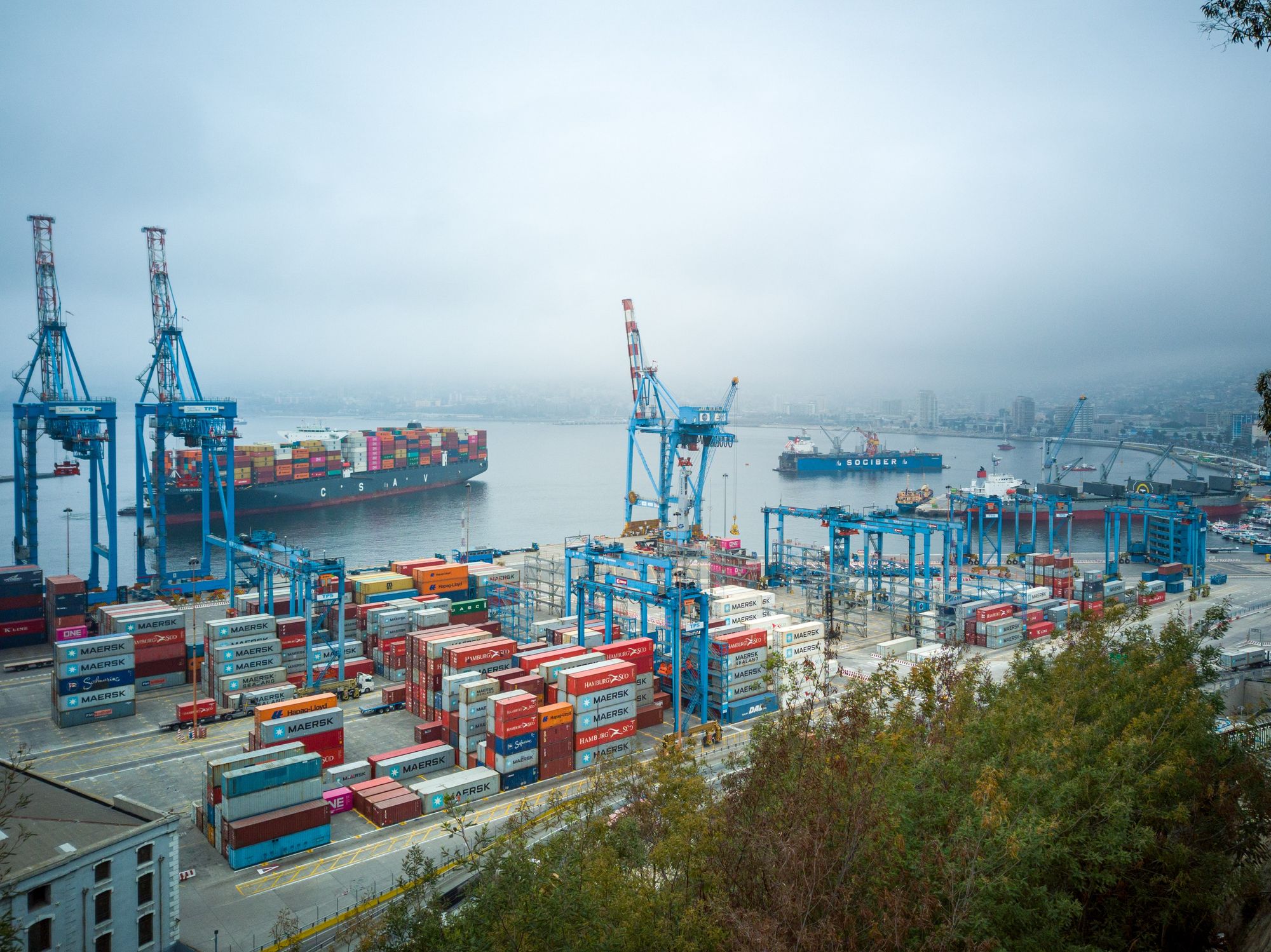
The responsiveness of distribution systems is also crucial for maintaining optimal inventory levels. Delays or inefficiencies in transportation and warehouse operations can result in extended lead times, making it difficult for businesses to respond to fluctuating customer demand. This can lead to excessive inventory or stockouts, disrupting the balance between customer service and costs.
Lastly, the cost of inventory itself is a significant consideration. Holding too much inventory ties up working capital and increases carrying costs. On the other hand, holding too little inventory can result in expensive expedited shipping or lost sales. Striking the right balance between inventory costs and customer service levels is essential but challenging.
To overcome these challenges, businesses can consider employing strategies such as implementing advanced inventory management systems that incorporate demand forecasting and real-time data analytics.
By leveraging technology, businesses can improve the accuracy of sales forecasts and synchronize inventory levels with customer demand.
Adopting a just-in-time (JIT) inventory system can help reduce holding costs while ensuring rapid order fulfillment. Collaborating closely with suppliers and distributors to enhance the responsiveness of the distribution network can also contribute to maintaining optimal inventory levels.
Maintaining optimal inventory levels is a complex task for businesses. The challenges stem from the policy on customer service, accuracy in sales forecasts, responsiveness of distribution systems, and inventory cost.
Distribution Centers And Their Role In Physical Distribution
Distribution centers play a crucial role in the physical distribution process of businesses. These centers act as strategically located warehouses that store, process, and distribute goods to meet customer demand.
They serve as key elements in supply chain management, enabling efficient movement of products from manufacturers to retailers or end consumers.
One of the primary responsibilities of distribution centers is to manage and control inventory levels, ensuring that the right products are available at the right time and place.
By consolidating and storing inventory at distribution centers, businesses can reduce transport costs, improve order fulfillment times, and enhance customer service. Distribution centers often engage in value-added activities such as packaging, labeling, and quality control, streamlining the physical distribution process.
With their focus on inventory management, efficient transportation, and value-added services, distribution centers facilitate smooth and efficient physical flows of products within the supply chain, ultimately contributing to customer satisfaction and overall business success.
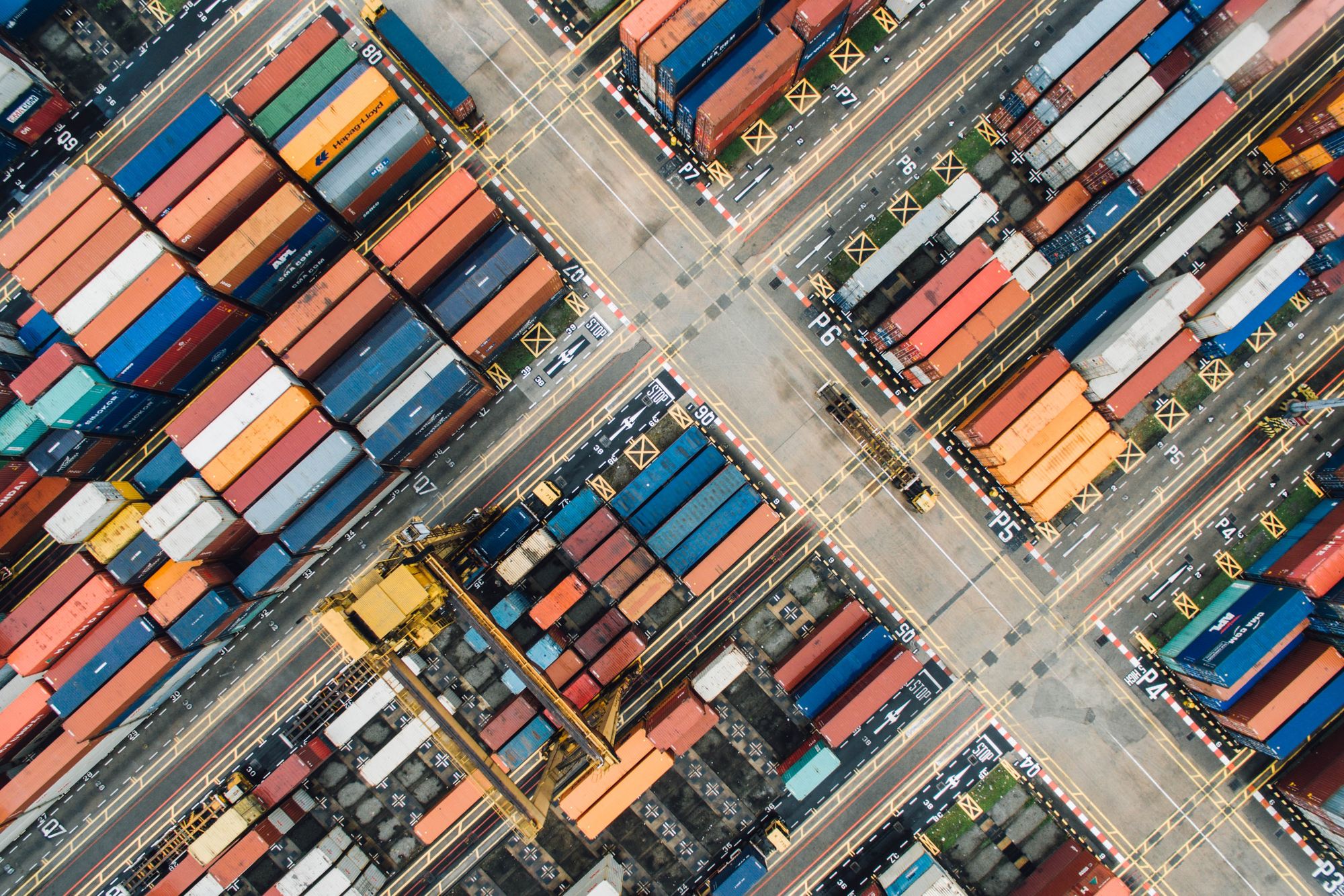
Types of Distribution Centers
In physical distribution, distribution centers play a crucial role in ensuring the efficient movement of products from production to the end consumer. These centers are strategically located facilities that act as intermediaries between suppliers and customers. There are different types of distribution centers, each serving a specific purpose in the distribution process.
Regional Distribution Centers (RDCs): RDCs are large facilities used to store and distribute products to a specific geographic region. They help reduce transportation costs and optimize inventory levels by consolidating products from multiple suppliers and then delivering them to retail outlets or smaller regional distribution centers.
Cross-Docking Centers: Cross-docking centers specialize in the rapid movement of products. They receive incoming shipments and transfer them directly to outbound carriers with minimal or no storage time. This type of distribution center is commonly used for perishable goods or time-sensitive products.
Fulfillment Centers: Fulfillment centers are typically associated with e-commerce. They store, pick, pack, and ship individual customer orders directly to the end consumer. These centers enable fast and accurate order fulfillment, which is crucial in meeting customer expectations for online shopping.
Manufacturing Centers: Some distribution centers are integrated with manufacturing plants. These centers store finished products and handle order fulfillment, enabling companies to ship products directly from the production line to customers.
Benefits of Utilizing Distribution Centers
Distribution centers offer significant benefits for businesses engaged in physical distribution. Firstly, these centers contribute to efficiently moving goods within an organization.

By centralizing storage and distribution activities, distribution centers help companies optimize inventory management, reducing physical distribution costs. With consolidated inventory, companies can maintain adequate stock levels while minimizing excess inventory, leading to cost savings.
Distribution centers play a crucial role in improving customer service levels. By strategically locating these centers closer to target markets, companies can ensure efficient and timely delivery of products. This results in faster and more consistent delivery, ultimately meeting customer requirements and increasing customer satisfaction.
Additionally, distribution centers enable companies to meet customer demand more effectively. With a centralized facility to store and manage inventory, companies can respond quickly to customer orders, ensuring product availability and reducing lead times.
Overall, utilizing distribution centers allows businesses to streamline their physical distribution process, optimize inventory management, and provide higher levels of customer service. These centers contribute to cost savings and improved customer satisfaction, making them essential components of a successful supply chain.
Challenges with Operating a Distribution Center
Operating a distribution center can present various challenges impacting its efficiency and effectiveness. One of the main challenges is managing inventory levels.
This involves balancing the need for enough inventory to meet customer demand while avoiding excess inventory that can tie up working capital and increase carrying costs. Inaccurate demand forecasting or supplier delays can further complicate this challenge.
Another challenge is ensuring the efficient movement of products within the distribution center. Proper layout and organization of the warehouse are crucial to minimize travel time and optimize picking and packing processes.

Inadequate staffing or training can also hinder the smooth flow of operations, resulting in delays and errors.
Technology and automation can pose difficulties. Implementing and managing advanced systems and equipment, such as inventory management software and automated picking systems, require investment and expertise. Integrating new technology with existing systems and ensuring its reliable functioning can be complex.
Maintaining consistent service levels across all customer orders can be challenging when dealing with peak demand periods or unexpected disruptions such as weather events or labor shortages. Meeting customer service standards and delivering timely orders requires effective communication, coordination, and contingency plans.
Transportation Cost And Modes Of Transportation Used In Physical Distribution
Transportation cost is a significant consideration in physical distribution and the flow of products. It directly impacts the overall cost of delivering products to customers. Transport costs include fuel, labor, insurance, vehicle maintenance, and any tolls or fees associated with using specific routes or transportation modes.
Different modes of transport are utilized in physical distribution, each with its own advantages and disadvantages. Road transport is widely used due to its flexibility and accessibility.

It allows for door-to-door delivery and can reach remote areas with ease. However, road transportation can be affected by traffic congestion, resulting in delays, and can sometimes be more expensive for long-distance shipments.
Rail transport is known for its capacity to handle large volumes of goods efficiently. It is cost-effective for long-distance shipments and has a lower carbon footprint than road transport. However, rail transportation is limited to areas with rail infrastructure and may require additional modes for last-mile delivery.
Air transportation/freight is the fastest mode of transportation, offering quick delivery and reducing lead time. It is ideal for high-value or time-sensitive products. However, the cost of air freight is generally higher and has restrictions on the size and weight of cargo.
Water transportation, including ocean and inland waterways, is suitable for large quantities of low-value products. It provides cost advantages for long-distance transportation but has longer shipping times and requires additional handling and coordination for delivery to inland destinations.
Pipeline transportation is primarily used for transporting liquids and gases over long distances. It offers high capacity, low maintenance costs, and consistent flow rates. However, it is limited to specific products and requires a significant initial investment.
The modes of transportation used in physical distribution, including road, rail, air freight, water, and pipeline, each have their own advantages and disadvantages.
Frequently Asked Questions
What is physical distribution?
Physical distribution refers to moving products from the manufacturer to the end consumer. It involves various activities such as transportation, warehousing, inventory management, and customer service.
What are the costs associated with physical distribution?
Physical distribution costs include transportation, warehousing, inventory, and customer service costs. These costs can vary depending on factors like the type of product, transportation mode, and level of customer service required.
What is the role of distribution centers in physical distribution?
Distribution centers are strategically located facilities that act as hubs for storing, sorting, and distributing products to various destinations. They play a vital role in ensuring efficient movement and delivery of products by organizing inventory and optimizing transportation routes.
How does physical distribution impact customer service levels?
Physical distribution affects customer service levels by determining factors such as the speed of product delivery, order accuracy, and availability of products. Efficient physical distribution ensures faster customer service and improves customer satisfaction.
What is the significance of inventory management in physical distribution?
Inventory management plays a crucial role in physical distribution by ensuring the right amount of stock is available at the right place and time. Effective inventory management helps minimize stockouts, reducing holding costs and improving overall distribution efficiency.

